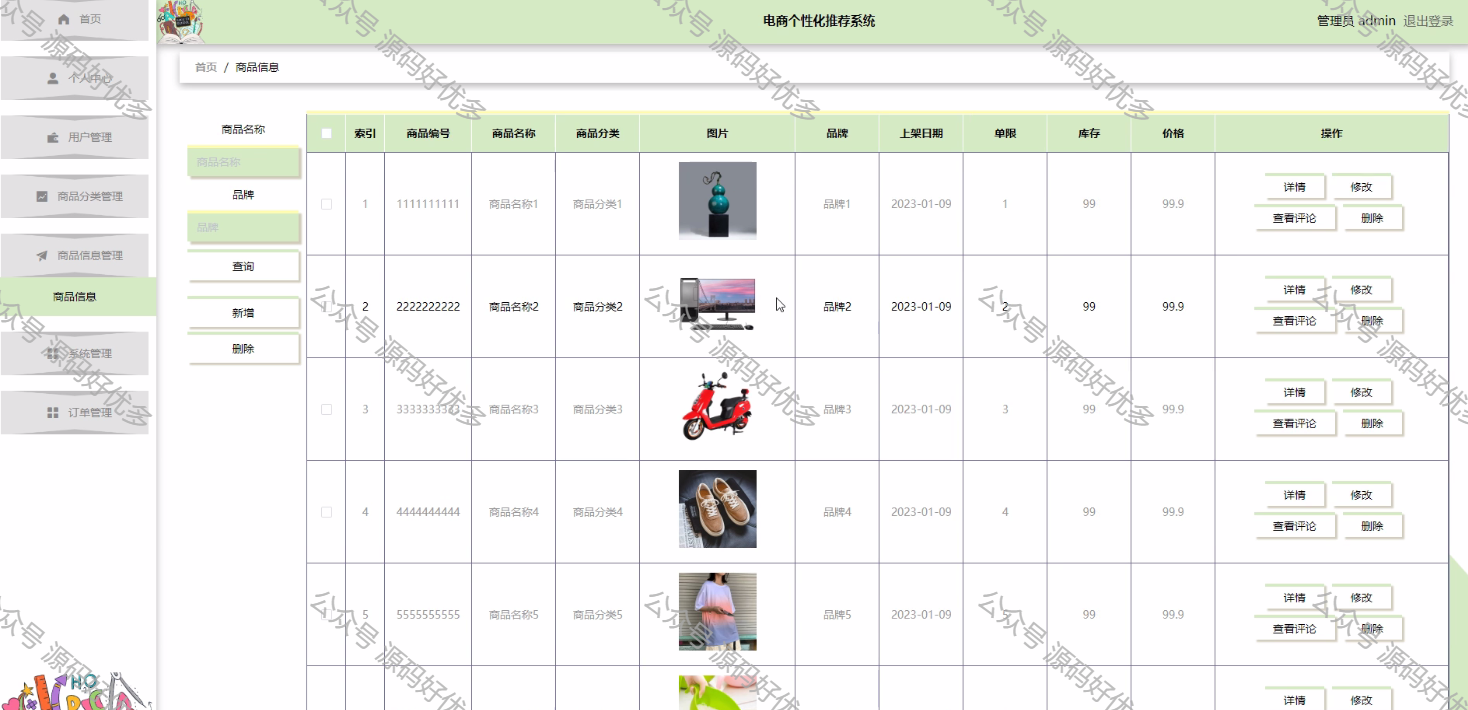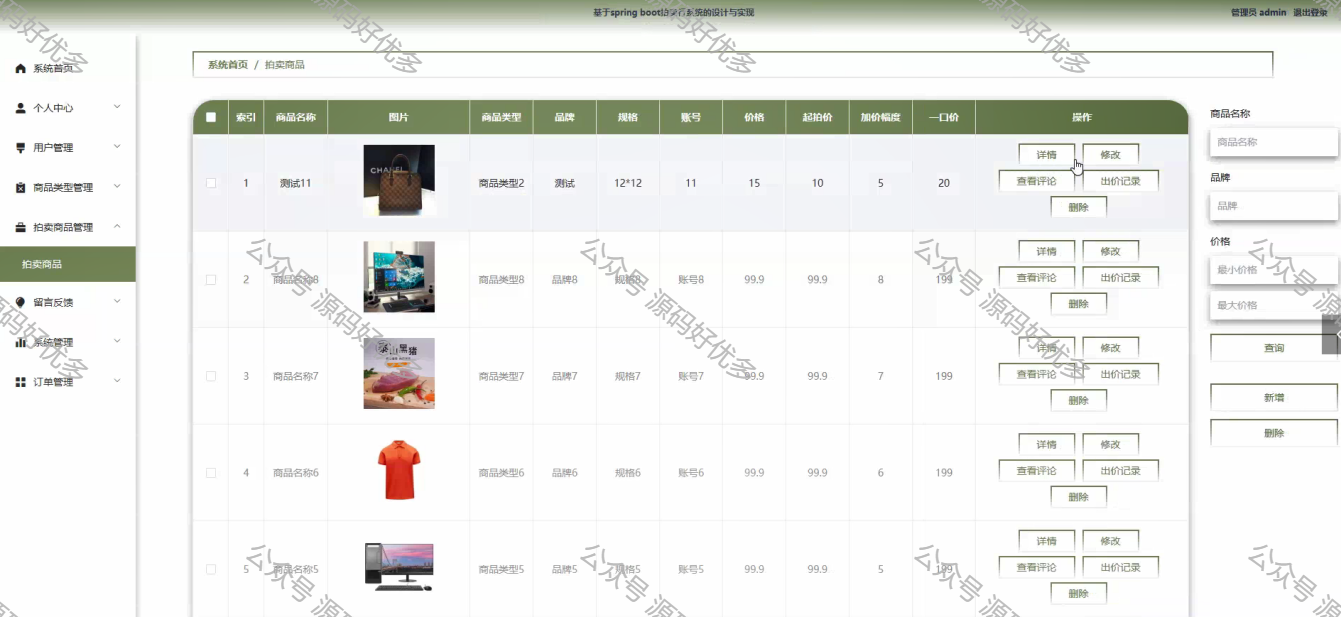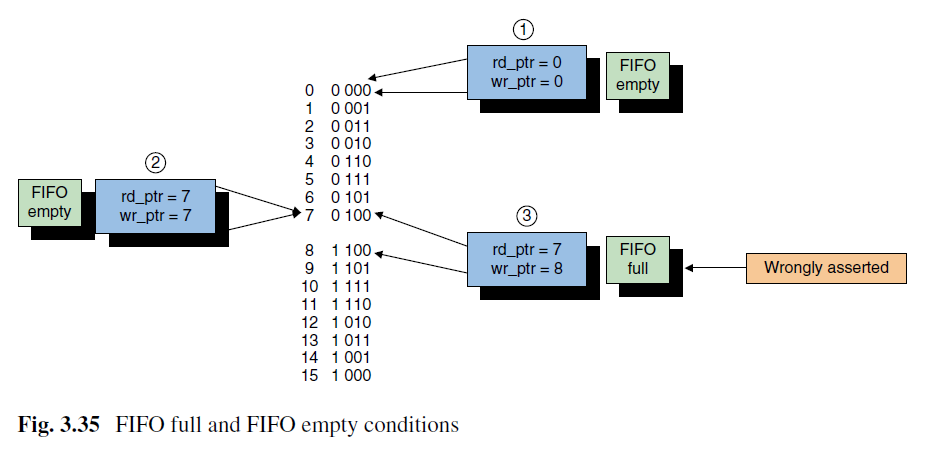英语中的副词和状语
- 1. Adverb and Adverb Phrase (副词和副词词组)
- 1.1. Functions (功能)
- 1.2. As a "catch-all" category (作为“包罗万象”的类别)
- 2. Adverbial (状语)
- References
1. Adverb and Adverb Phrase (副词和副词词组)
副词用来增强动词、形容词、副词或整个一个句子的意义的词。
副表示次要的、附带的、辅助的,跟正、主相对。副就是助手、协助、辅助,处于从属地位,它必须依附于正、主才能发挥作用。
副是次要的,从语法的角度而言,它是可有可无的。即使没有它,也不影响语法表达的正确与否,尽管从语义上看还是有程度轻重之分的。副词属于锦上添花的词。
An adverb is a word or an expression that generally modifies a verb, an adjective, another adverb, a determiner, a clause, a preposition, or a sentence.
副词通常修饰动词、形容词、其他副词、限定词、从句、介词或句子。
Adverbs typically express manner, place, time, frequency, degree, or level of certainty by answering questions such as how, in what way, when, where, to what extent.
副词通常通过回答诸如如何、以何种方式、何时、何地、在何种程度上等问题来表达方式、地点、时间、频率、程度或确定性水平。
This is called the adverbial function and may be performed by an individual adverb, by an adverbial phrase, or by an adverbial clause.
这称为副词功能,可以由单个副词、副词短语或副词从句执行。
Adverbs are traditionally regarded as one of the parts of speech.
副词是词类中的一类。
adverb (adv.) [ˈædvɜː(r)b]:n. 副词
- Cambridge Dictionary
a word that describes or gives more information about a verb, adjective, adverb, or phrase
- In the phrase “she smiled cheerfully”, the word “cheerfully” is an adverb.
- In the phrase “the house was spotlessly clean”, the word “spotlessly” is an adverb.
副词是指在句子中表示行为或状态特征的词,用以修饰动词、形容词、其他副词或全句,表示时间、地点、程度、方式等概念。
Adverbs thus perform a wide range of modifying functions. The major exception is the function of modifier of nouns, which is performed instead by adjectives (compare “she sang loudly” with “her loud singing disturbed me”; here the verb sang is modified by the adverb loudly, whereas the noun singing is modified by the adjective loud).
副词具有多种修饰功能,但修饰名词的功能除外,该功能由形容词代替。
The word even in the first sentence is an adjective, since it is a prepositive modifier that modifies the noun numbers. The word even in the second sentence is a prepositive adverb that modifies the verb drank.
- Even numbers are divisible by two
- The camel even drank.
1.1. Functions (功能)
An adverb used in this way may provide information about the manner, place, time, frequency, certainty, or other circumstances of the activity denoted by the verb or verb phrase.
副词可以提供有关动词或动词短语所表示的活动的方式、地点、时间、频率、确定性或其他情况的信息。
- She sang loudly. (
loudlymodifies the verbsang, indicating the manner of singing) - We left it here. (
heremodifies the verb phraseleft it, indicating place) - I worked yesterday. (
yesterdaymodifies the verbworked, indicating time) - You often make mistakes. (
oftenmodifies the verb phrasemake mistakes, indicating frequency) - He undoubtedly did it. (
undoubtedlymodifies the verb phrasedid it, indicating certainty)
Adverbs can also be used as modifiers of adjectives, and of other adverbs, often to indicate degree.
副词还可以用作形容词和其它副词的修饰语,通常表示程度。
- You are quite right. (the adverb
quitemodifies the adjectiveright) - She sang very loudly. (the adverb
verymodifies another adverbloudly)
They can also modify determiners, prepositional phrases, or whole clauses or sentences.
它们还可以修饰限定词、介词短语或整个从句或句子。
- I bought practically the only fruit. (
practicallymodifies the determinerthein the noun phrase, “the only fruit” whereinonlyis an adjective) - She drove us almost to the station. (
almostmodifies the prepositional phraseto the station) - Certainly we need to act. (
certainlymodifies the sentence as a whole)
Although it is possible for an adverb to precede or to follow a noun or a noun phrase, the adverb nonetheless does not modify either in such cases.
尽管副词可以位于名词或名词短语之前或之后,但在这种情况下,副词不会修饰任何一方。
- Internationally there is a shortage of protein for animal feeds
- There is a shortage internationally of protein for animal feeds
- There is an international shortage of protein for animal feeds
Adverbs can sometimes be used as predicative expressions.
副词有时可以用作表语表达。
- Your seat is there.
In the first sentence, “Internationally” is a prepositive adverb that modifies the clause, “there is …”. In the second sentence, “internationally” is a postpositive adverb that modifies the clause, “There is …”. By contrast, the third sentence contains “international” as a prepositive adjective that modifies the noun, “shortage.”
When the function of an adverb is performed by an expression consisting of more than one word, it is called an adverbial phrase or adverbial clause, or simply an adverbial.
当副词的功能由一个以上的词组成的表达式来实现时,它被称为副词短语或副词从句,或简称为副词。
1.2. As a “catch-all” category (作为“包罗万象”的类别)
Adverbs are considered a part of speech in traditional English grammar, and are still included as a part of speech in grammar taught in schools and used in dictionaries.
副词在传统英语语法中被视为词类,并且在学校教授的语法和词典中使用的语法中仍然被列为词类。
However, modern grammarians recognize that words traditionally grouped together as adverbs serve a number of different functions. Some describe adverbs as a “catch-all” category that includes all words that do not belong to one of the other parts of speech.
然而,现代语法学家认识到,传统上被归类为副词的单词具有多种不同的功能。有些人将副词描述为“包罗万象”的类别,其中包括所有不属于其他词类的单词。
Grammarians find difficulty categorizing negating words, such as the English not. Although traditionally listed as an adverb, this word does not behave grammatically like any other, and it probably should be placed in a class of its own.
语法学家发现很难对否定词进行分类,例如英语中的 not。虽然传统上将其列为副词,但这个词在语法上的表现与其他词不同,因此可能应该将其归为一类。
not [nɒt]:adv. 不,不是,没有,不要
2. Adverbial (状语)
状语用来修饰动词、形容词、副词或整个句子,提供时间、地点、原因、条件、目的、结果、方式、程度等信息。
An adverbial is a word (an adverb) or a group of words (an adverbial clause or adverbial phrase) that modifies or more closely defines the sentence or the verb.
状语是用来修饰或更紧密地定义句子或动词的一个词 (副词) 或一组词 (状语从句或状语短语)。
The word adverbial itself is also used as an adjective, meaning “having the same function as an adverb”.
adverbial 这个词本身也可用作形容词,意为具有与副词相同的功能。
adverbial [ədˈvɜː(r)biəl]:adj. 副词的,状语的 n. 副词类
References
[1] Yongqiang Cheng, https://yongqiang.blog.csdn.net/
[2] Adverb, https://en.wikipedia.org/wiki/Adverb
[3] 怎样理解副词的副?https://zhuanlan.zhihu.com/p/600356427



















